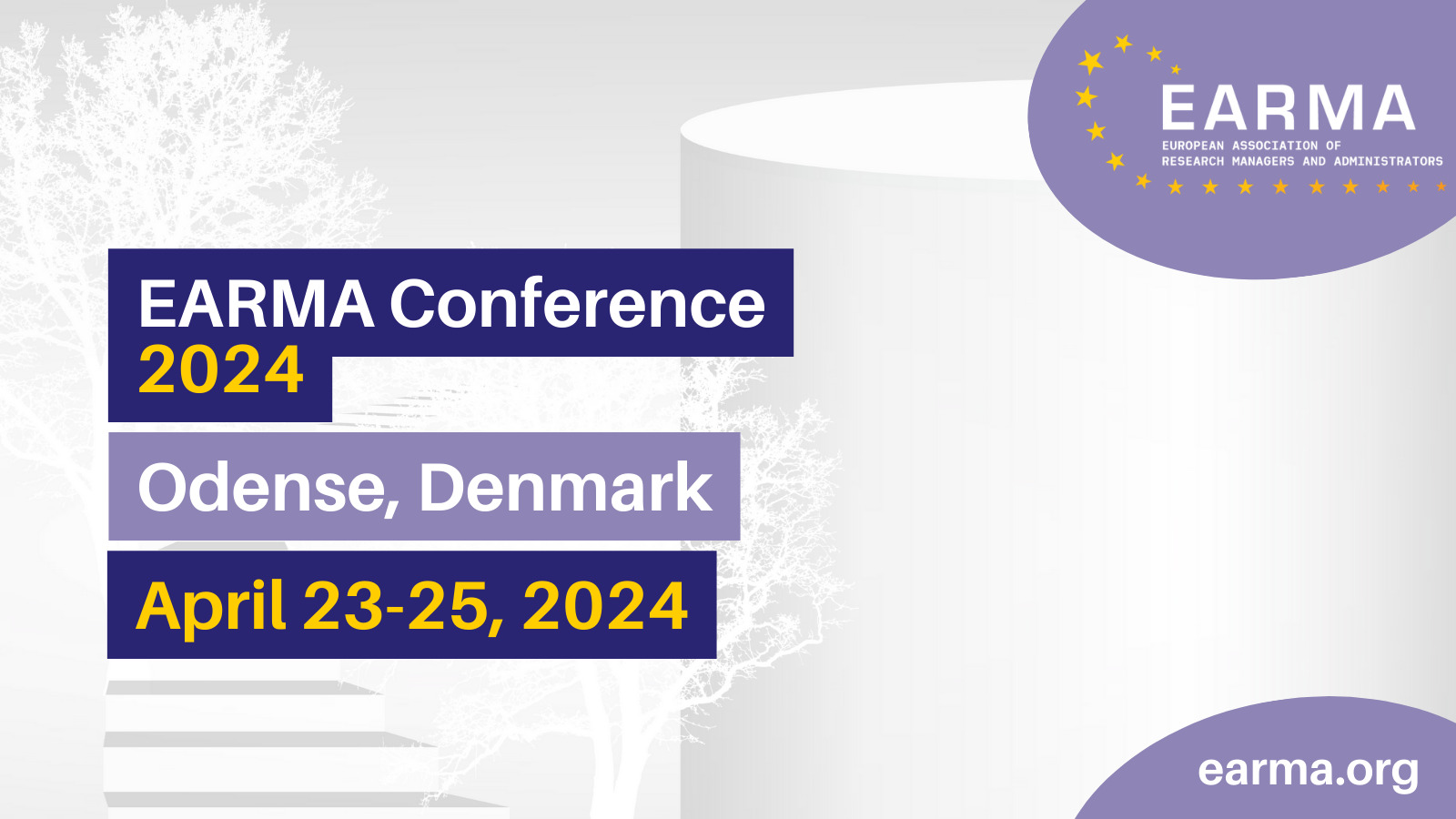Measuring impact of Gender Equality Plans
Measuring impact of Gender Equality Plans - Introduction of a comprehensive Gender Audit Tool
Abstract
Since 2022, all public bodies from Member States and Associated Countries, including higher education institutions (HEIs) and research organisations (RPIs), wishing to participate in Horizon Europe are required to have a Gender Equality Plan (GEP) in place. This new eligibility criterion stipulates a specific set of mandatory requirements put in place by the European Institute for Gender Equality (EIGE). According to EIGE, a GEP is a systematic and strategic instrument that establishes priorities and concrete objectives (based on a thorough status quo assessment), as well as the specific measures that will be implemented to improve gender equality within organisations and in the field of R&I.
Nehem has been actively involved in the design, implementation and assessment of GEPs across several European HEIs and RPIs. As full partner of the EQUAL4EUROPE project (Horizon 2020), Nehem developed an impartial assessment methodology: the Gender Audit Tool (GAT). The overall aim of the GAT is to determine the relevance, effectiveness, impact and sustainability of the GEPs. Principally, the GAT is impartial in execution, participatory in methodology, and foremost an organisational learning tool. The GAT consists of three complementary modules for data collection: i) desk review, ii) online questionnaire, and iii) key informant interviews. This allows for triangulation of the different data types and ensures robust and reliable results. The GAT aims to reveal the actual changes that have been brought about and will help to examine how impact has been achieved, to define further improvements and share best practices.
Based on an extensive body of research, Nehem developed an evidence-based logical framework to identify and gather strategies, policies and measures that work to promote gender equality at HEIs and RPIs. This framework is separated into so-called Key Areas of Intervention (KAIs): i) Work-life balance and organisational culture, ii) Gender balance in leadership and decision-making, iii) Gender equality in recruitment and career progression, iv) Measures against gender-based violence, incl. sexual harassment, and v) Integrating the gender dimension in research and teaching. The logical framework describes several desired impacts for each of the KAIs. Using the Theory of Change (ToC), for each desired impact relevant outcomes, outputs and activities were identified to create so-called impact pathways. These impact pathways include an extensive list of possible evidence-based interventions that lead to the desired impacts.
Nehem piloted the GAT at six different RPIs situated in Belgium, Germany, France, the Netherlands, Spain, Slovakia and Slovenia. The implementation of the GAT culminated in many lessons learned (e.g., take national context into account) and best practices (e.g., institutions should assign a person dedicated to GE/DEI) and helped to further refine the GAT. Besides presenting the GAT and the underlying logical framework, Nehem is also looking to present details related to the application of the GAT and lessons learned and best practices.
The main take-away message for HEIs and RPIs is:
• To take the institutional Gender Equality Plan seriously;
• To plan an impartial audit to gain insights in impact already achieved and to receive recommendations for further improvement;
• To continue/strengthen their efforts towards gender equality.

